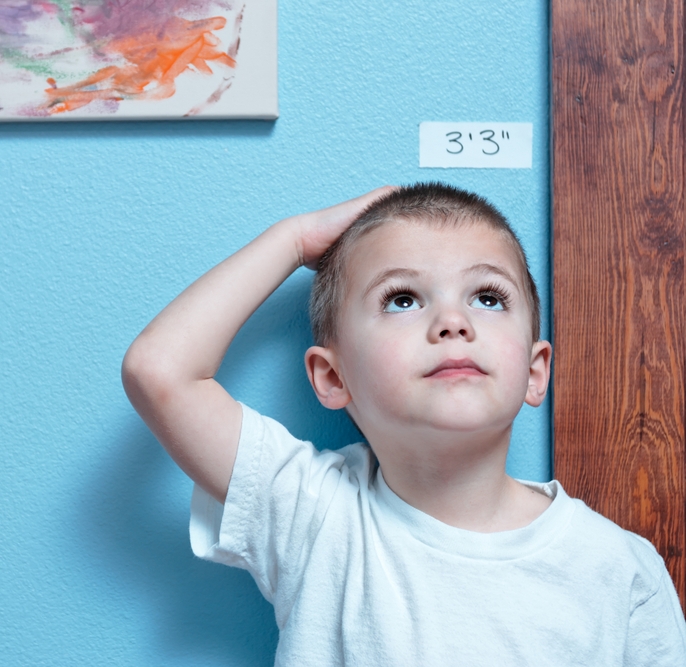How Nutrition Changes as Kids Age

As a clinician, I’m often asked by parents how they can determine if their child is eating too much or not enough. Since children have a variety of caloric needs, and as total calories increase to accommodate a child’s growth, it’s important for parents to help their child eat and grow properly. Ellyn Satter, MS, RD, LCSW, BCD, a well-known author and expert on child and infant feeding, has said, “Parents are responsible for the what, when and where of feeding. Children are responsible for the how much and whether of eating.”
Get the Facts
An important tool when evaluating a child’s nutrition is his/her growth chart. During every doctor visit your pediatrician should be checking your child’s height and weight and tracking it in an electronic growth chart or plotting it the old fashioned way. You can also keep track of this information at home by visiting the Centers for Disease (CDC) website and printing off the growth chart for appropriate age and gender of your child. Make it a fun annual game with your kids to show them how much bigger and stronger they get each year by eating the proper types and amount of food.
So what matters most? The most important thing to look at when viewing your child’s growth chart is the growth pattern. There are curves on each chart, and the important piece to look at is ensuring your child is following the curve without large fluctuations in percentiles.
Child vs. Adult Portion Sizes
When considering calorie intake for your child, it’s important to note that portion sizes for children are not the same as adults. When using the hand as a guide for portion sizes, parents should think in terms of the child’s hand. When referring to a fist for one cup, use their first size for the portion. Yes, it will be smaller than 1 cup, but your child won’t need the size of your fist! The same goes for meat portions— use the size of your child’s palm of his/her hand versus your own.
Estimated calories vary based on your child’s age and gender. The USDA provides the following guidelines for caloric intake – not including calorie needs for physical activity. Always consider physical activity and body mass index (BMI) when determining the amount of calories required for your child.
Consult your local registered dietitian for nutrition advice if are concerned about your child’s nutrition. For information on where to find one, visit the Academy of Nutrition and Dietetics’ website.
By ensuring your kids get the appropriate amount of daily calories balanced with physical activity, you’re setting them on the road to energy balance! Learn more about energy balance and why it’s important for kids across America.
This article was written by Ellen Sviland, MS, RD, CNSD, LD, a pediatric dietitian from Washington, DC. She balances her daily hospital work life with cooking (her favorite is baking desserts) and with a part-time job counseling patients.
Tune up your nutritional knowledge with tips for the whole family:


